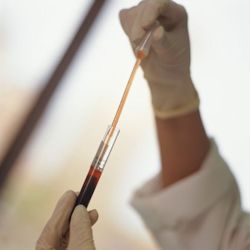Emergency Room Health Risks
Blood, OPIM, and Bloodborne Pathogens
From bloodborne pathogens to hazardous chemicals, there are many different types of health risks emergency department (ED) personnel have to deal with on a regular basis. This module will take a closer look at some possible solutions to keep workers safe.

Potential Hazard
Emergency department workers are at particular risk for exposure to blood, other potentially infectious materials (OPIM), and bloodborne pathogens due to the immediate and life-threatening nature of emergency treatment.
Possible Solutions
The Bloodborne Pathogen Standard requires precautions when dealing with blood and OPIM. Here are some ways to reduce bloodborne pathogens and OPIM when working with blood:
- Provide engineering and work practice controls.
- Engineering and work practice controls must be the primary means to eliminate or minimize exposure to bloodborne pathogens. Where engineering controls will reduce employee exposure either by removing, eliminating, or isolating the hazard, they must be used, and changes to the Exposure Control Plan (ECP) must include these engineering controls.
For more information on creating an ECP, please see OSHAcademy course 655 Bloodborne Pathogens in the Workplace.
Knowledge Check Choose the best answer for the question.
1-1. What is the primary way to eliminate or minimize exposure to bloodborne pathogens?
You forgot to answer the question!
